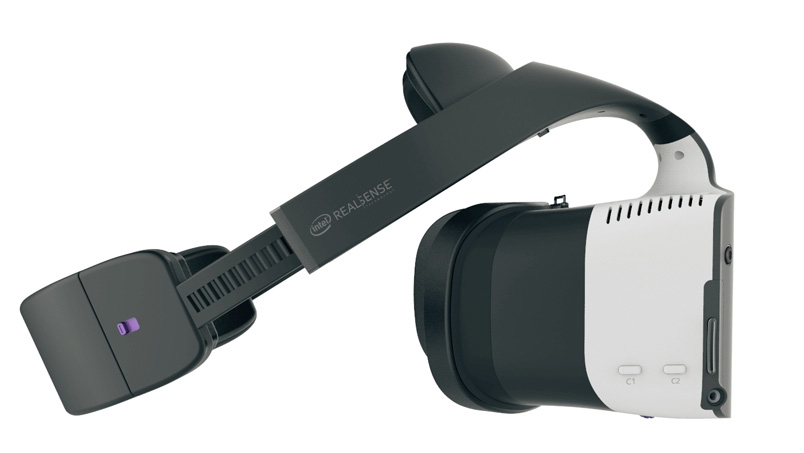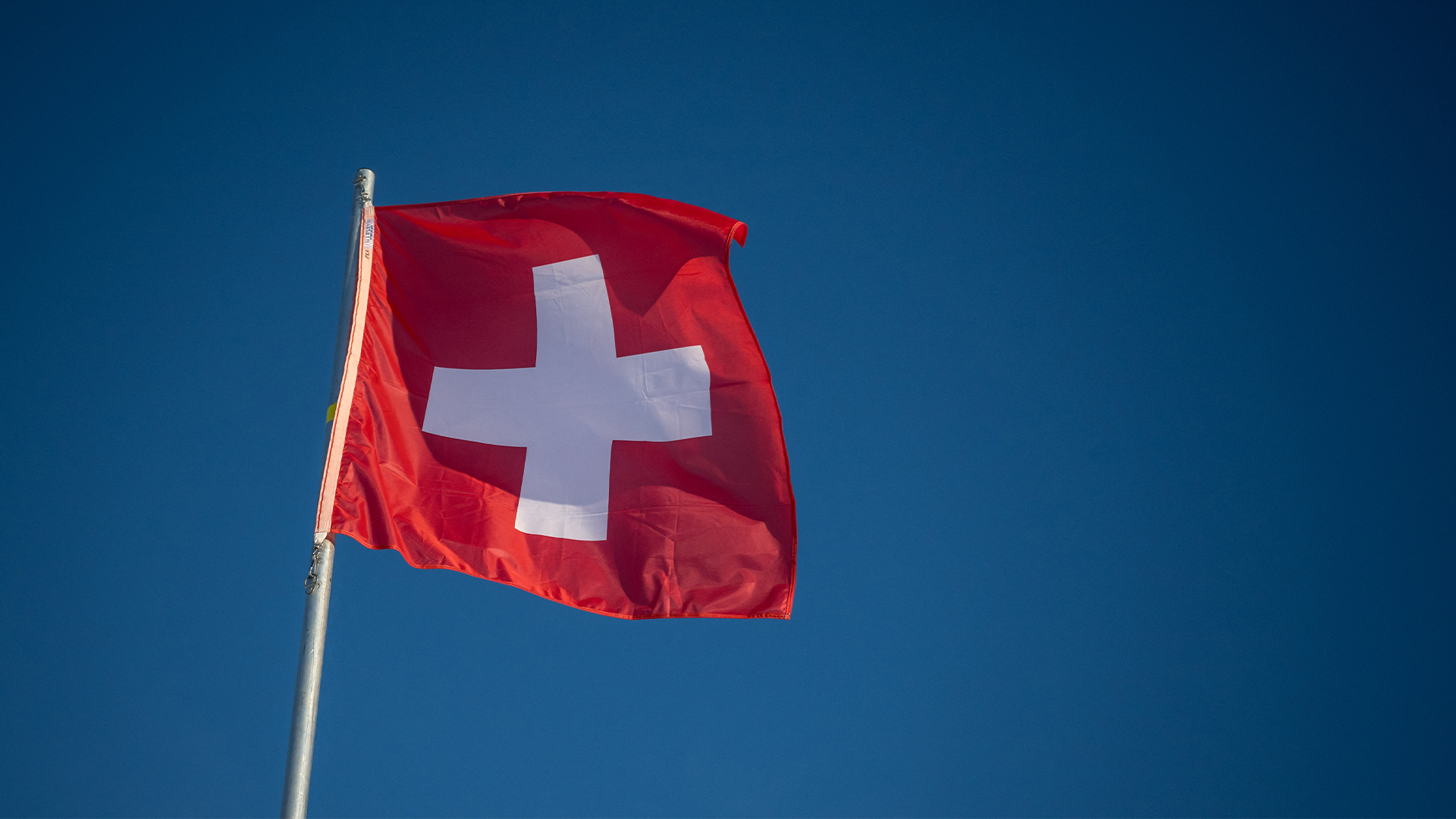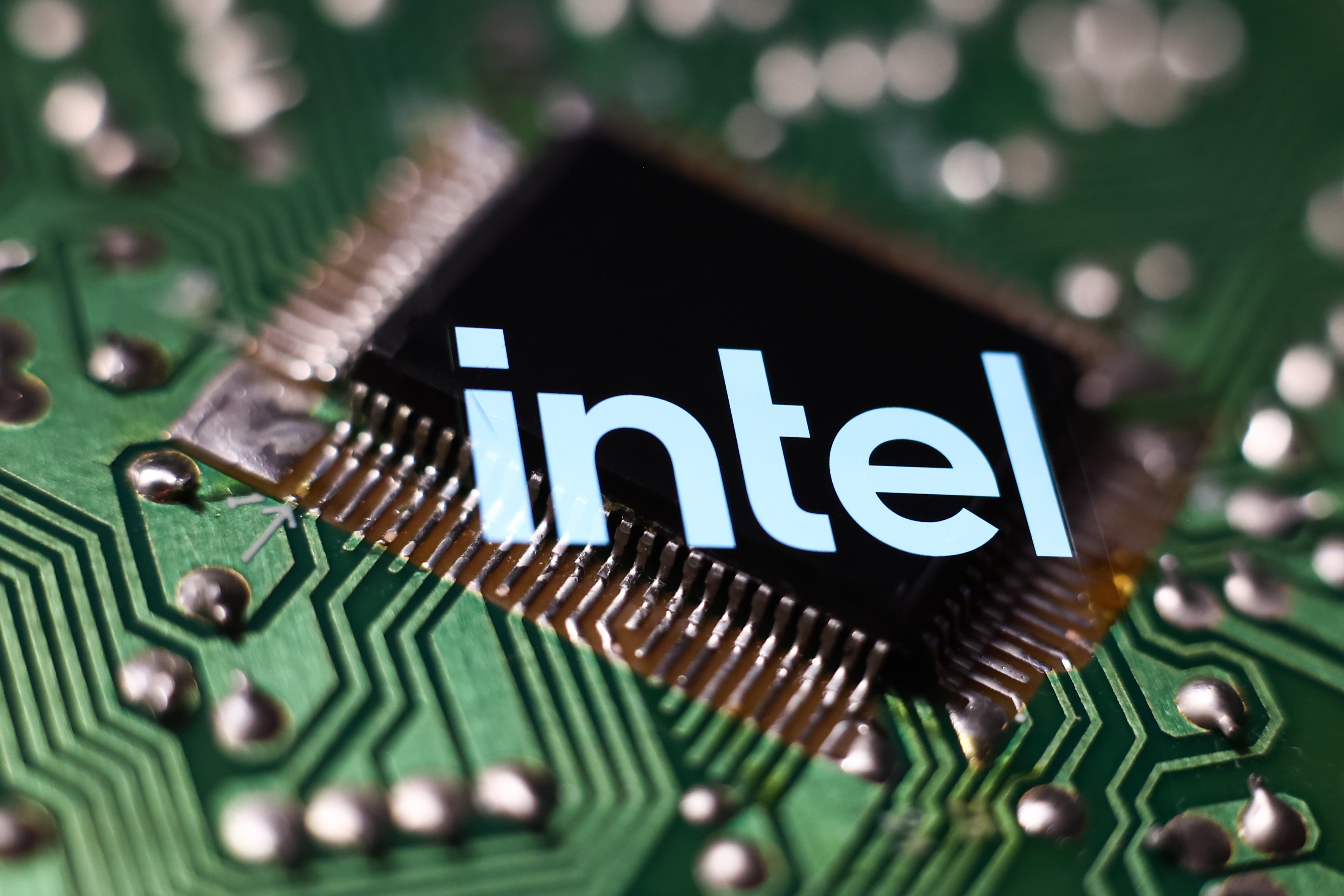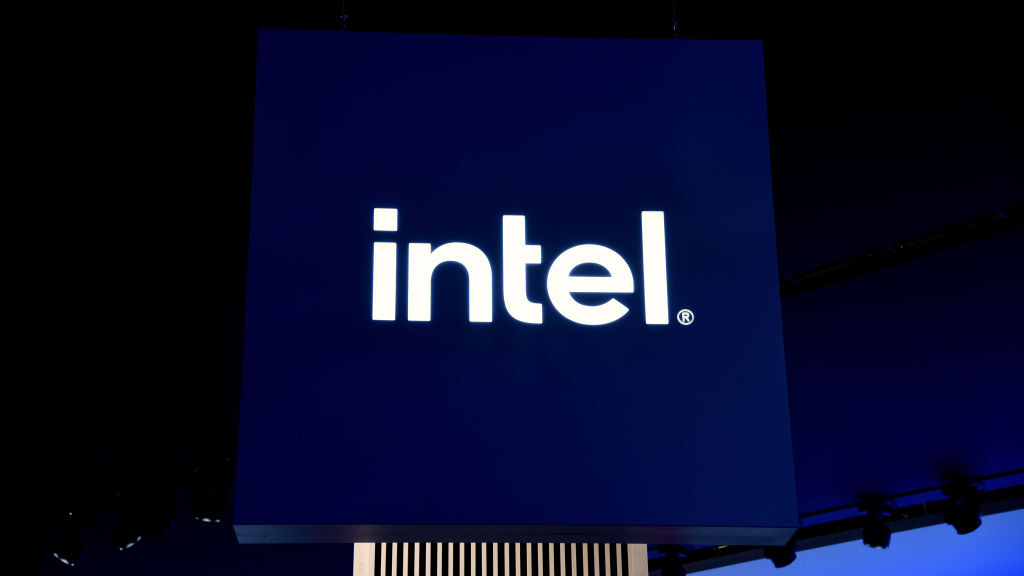Intel unveils wireless 'Project Alloy' VR headset
New 'merged reality' device offers 6 degrees of untethered movement


Intel has unveiled a new, fully wireless virtual reality headset, dubbed 'Project Alloy'.
Revealed by CEO Brian Krzanich at the Intel Developer Forum in Sans Francisco, the new headset is part of the company's 'merged reality' platform, which Intel claims is the future of VR.
"Traditional VR systems need a dedicated space to be all functioning and working, to me the funny thing is that's not really a virtual world. It doesn't feel virtual when you're tied to a confined space," said Krzanich. "Today I believe we are going to introduce something that will change all that."
"Merged reality delivers virtual-world experiences more dynamically and naturally than ever before," he wrote in a blog post, "and makes experiences impossible in the real world now possible."
Intel claims that merged reality will be able to provide full-motion virtual reality experiences without "the cost - and creep factor - of installing high-end sensors in every corner of your living room".
Unlike the HTC Vive, Alloy's 'merged reality' is made possible by Intel RealSense cameras attached to the headset and is not dependent on setting up any external sensors or cameras around the room.
The computing power is located in its Head-Mounted Device (HMD), allowing a free range of motion with 6 degrees-of-freedom across a large space, Intel said. This combined with collision detection and avoidance, enables the wearer to make use of physical movement to explore a virtual space.
Sign up today and you will receive a free copy of our Future Focus 2025 report - the leading guidance on AI, cybersecurity and other IT challenges as per 700+ senior executives
Merged reality will also allow players to use their actual hands to manipulate objects in VR, rather than controllers - technology already being worked on by companies such as Leap Motion.
The Project Alloy headset is an all-in-one unit, with the computational hardware built into the device. This means that users can fully roam around a virtual environment without the need to be connected to a PC.

While devices like Google Cardboard and the Gear VR currently offer untethered, mobile VR, they are currently fairly low-quality, as they are powered by smartphone hardware. The HTC Vive and Oculus Rift offer much more impressive experiences but require a wired connection to a high-end PC in order to function.
Krzanich was quick to note that Project Alloy will not replace these top-quality gaming VR headsets, as it cannot replicate the high framerates and response times necessary for smooth VR gaming.
"Sure, the most aggressive, high-end gamers who value the low latency of tethered systems will continue to enjoy those systems," he wrote, "and their systems will continue to advance and improve."
"But for the rest of us, we now have the choice to experience our virtual worlds across larger spaces without pesky cords. No more being jolted out of your VR experience because you have reached the end of your cord."
Project Alloy will also be fully open, the company revealed. Intel will publish open APIs for the ecosystem and open up the hardware, so developers and partner companies can create their own products based on the platform.
Microsoft is also partnering with Intel to make sure Windows content is optimised for Project Alloy and other Intel-based VR devices.
"Regardless of whether you're seeking to experience augmented reality or virtual reality, your freedom in the world of your choice depends on how you merge your realities and the technologies that enable you to cross over from the physical to the virtual, and the virtual to the physical," Krzanich wrote.
"We're rapidly moving toward a world where the boundary between the digital and the physical is eroding, and merging in new exciting ways."
HTC Vive price, release date, features and specs: HTC chooses 26 new startups for its Vive X accelerator Oculus Rift release date, price and system requirements: Oculus overtakes HTC in key market Everything you need to know about PlayStation VR: An updated PlayStation VR headset is coming next week
Adam Shepherd has been a technology journalist since 2015, covering everything from cloud storage and security, to smartphones and servers. Over the course of his career, he’s seen the spread of 5G, the growing ubiquity of wireless devices, and the start of the connected revolution. He’s also been to more trade shows and technology conferences than he cares to count.
Adam is an avid follower of the latest hardware innovations, and he is never happier than when tinkering with complex network configurations, or exploring a new Linux distro. He was also previously a co-host on the ITPro Podcast, where he was often found ranting about his love of strange gadgets, his disdain for Windows Mobile, and everything in between.
You can find Adam tweeting about enterprise technology (or more often bad jokes) @AdamShepherUK.
-
 Cloudflare is cracking down on AI web scrapers
Cloudflare is cracking down on AI web scrapersNews Cloudflare CEO Matthew Prince said AI companies have been "scraping content without limits" - now the company is cracking down.
-
 Swiss government data published following supply chain attack – here’s what we know about the culprits
Swiss government data published following supply chain attack – here’s what we know about the culpritsNews Radix, a non-profit organization in the health promotion sector, supplies a number of federal offices, whose data has apparently been accessed.
-
 Gaining timely insights with AI inferencing at the edge
Gaining timely insights with AI inferencing at the edgeWhitepaper Business differentiation in an AI-everywhere era
-
 Scaling AI from pilot to production: Maximize AI impact with HPE & Intel
Scaling AI from pilot to production: Maximize AI impact with HPE & IntelWhitepaper Transform AI proof-of-concepts into full-scale implementations
-
 UK supercomputer boom as HPE and Dell receive funding for new AI cluster
UK supercomputer boom as HPE and Dell receive funding for new AI clusterNews The UK’s AI computing capabilities will increase by an order of magnitude in 2024
-
 AI gold rush continues as Hugging Face snags $235 million from IBM
AI gold rush continues as Hugging Face snags $235 million from IBMNews The investment round, which brings the company's valuation to $4.5 billion, also includes Amazon, Google, Intel, and Salesforce
-
 Why is ASUS reviving Intel’s NUC mini-PC line?
Why is ASUS reviving Intel’s NUC mini-PC line?News The diminutive PC is to rise again while analysts look for the business case
-
 Intel targets AI hardware dominance by 2025
Intel targets AI hardware dominance by 2025News The chip giant's diverse range of CPUs, GPUs, and AI accelerators complement its commitment to an open AI ecosystem
-
 Why aren’t factories as smart as they could be?
Why aren’t factories as smart as they could be?Whitepaper How edge computing accelerates the journey to a remarkable factory
-
 Has Lenovo found the ultimate business use case for smart glasses?
Has Lenovo found the ultimate business use case for smart glasses?Opinion Lenovo’s T1 smart glasses offer a virtual desktop that only you can see
